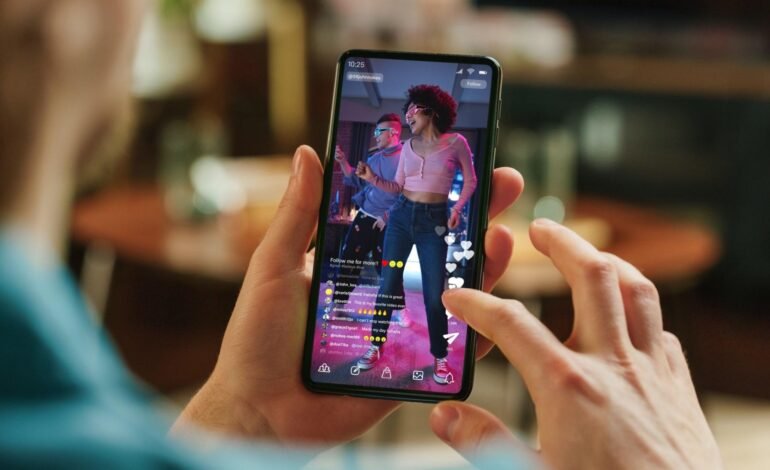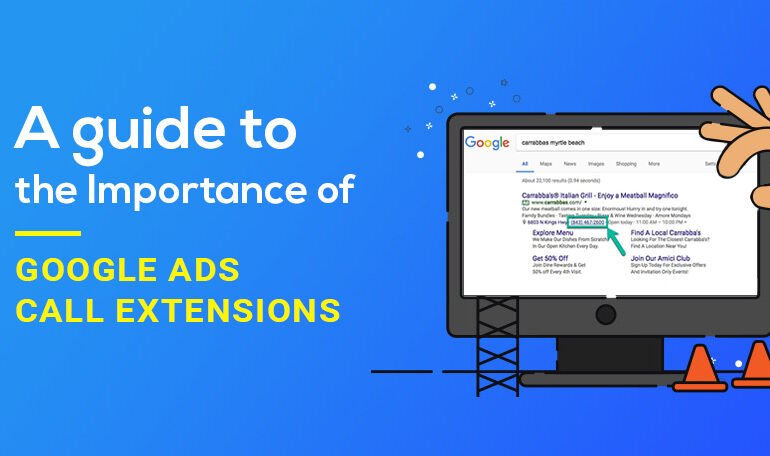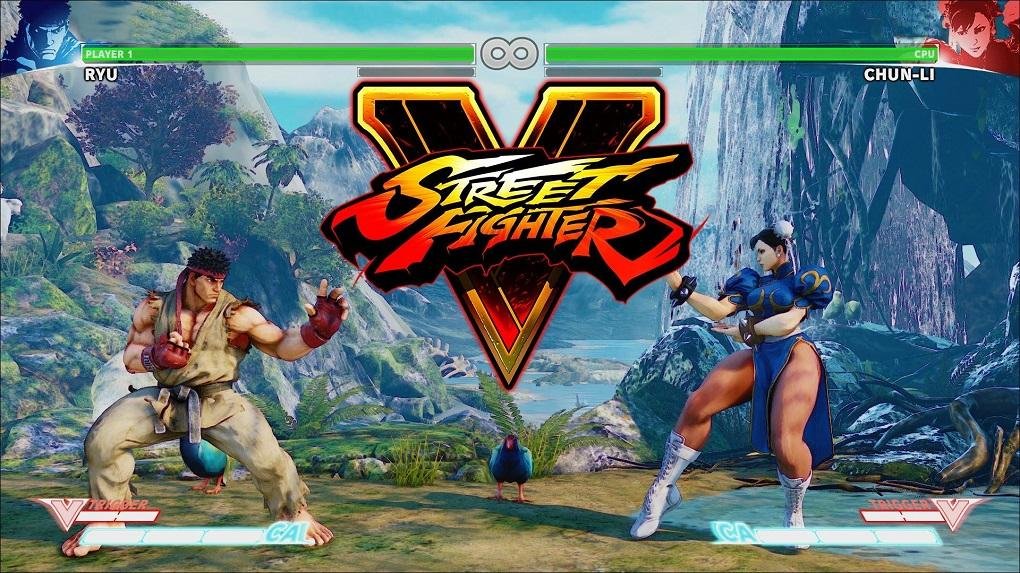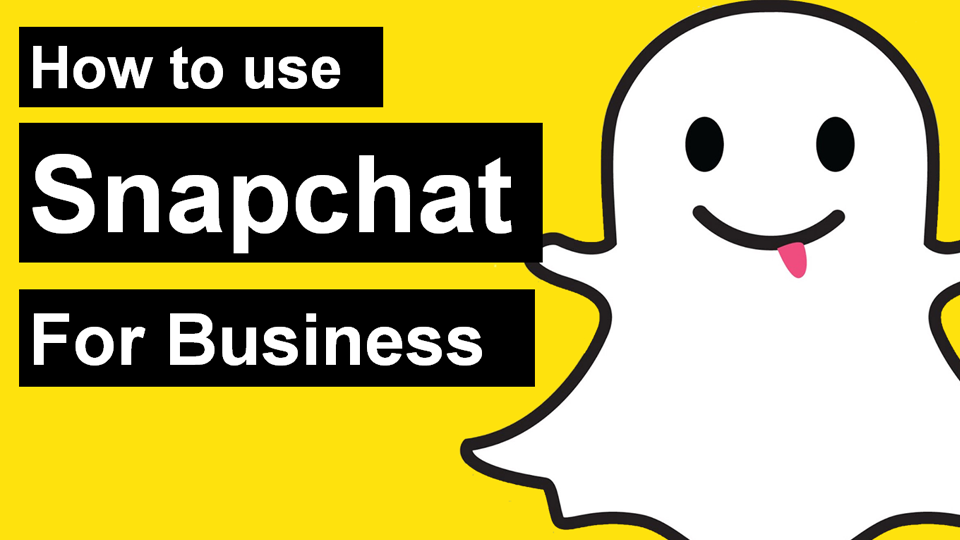Creative ideas for Vertical Instagram videos

Vertical videos are trending. In 2015, when sites like Periscope and Snapchat began to bet on them, very few believed in this format. After all, we have been watching films in landscape format for more than 120 years of film history. Televisions and computer monitors are also horizontal, and it is difficult for us to imagine them in any other way. But the mobile phone has managed to change things.
Mobile has been such a big revolution in terms of our content consumption habits that it has managed to make marketing campaigns think first of all of mobiles and then adapt to other formats. And finally, this way of thinking is coming to vertical videos. And if we take into account that mobile phones are in vertical format by default and that most of the time we hold them with one hand, it is logical to think that the video format that best suits them is the vertical one.
Two years after the first experiments, vertical video is coming stronger than ever. And proof of this is the popularity of this format on Instagram. That’s why today I’m going to discuss some of the best creative ideas for vertical videos on this network.
Vertical video formats for your Instagram creatives
Instagram Stories has been a great success for advertisers and video marketing strategies, to the point that more than 50% of brands with a presence on this network have created at least one story during this summer. It’s a new way to connect with your users and inspire them.
Faced with the push of vertical videos on Instagram, the network itself has teamed up with its creative team in order to give creative ideas to brands. Here are some of her suggestions for getting the most out of Instagram ad creative.
- Use the progress bar at the top of the screen. This way, you can create a moving contrast within your ad, for example, by slowly revealing a hidden image. Think of all the play it can give you for Instagram creatives like “before and after” or “with product X / without product X”.
- Tell a story in 15 seconds. In addition to moving from the horizontal to the vertical format, advertisers have also had to rethink the time we have for our ads. In a world full of content, users’ patience is limited, and this is reflected in the formats we have at our disposal. Back in the day, Vine made us scratch our neurons to tell stories in just 6 seconds, so the 15 Instagram Stories seem like a luxury. But still, you’ll have to consider how to keep your scripts to a minimum.
- Take advantage of your profile picture. Your profile picture (at the top left) is an excellent opportunity to motivate users to discover more about your brand.
- Emojific. With Instagram, you can add texts and emojis to your Stories. It’s a simple and effective way to personalize your ads and show that you speak the same language as your audience, so take advantage of it.
- Use the pause function. Many brands and advertisers have taken advantage of Instagram’s “pause” vertical videos option to introduce surprises and encourage the audience to interact with the content.
- Take advantage of links. Verified Instagram accounts can add links to their Instagram Stories, so if this is the case for you, don’t miss the opportunity to link Instagram with your web traffic.
On the other hand, it is important to note that the vertical format is also available for ads on Instagram. The network itself encourages its advertisers to experiment and see which option (vertical, square, or horizontal) works best for the story they want to tell in their content. An interesting fact is that, according to SnapChaSnapchatshed in the Daily Mail in 2015, vertical videos have 9 times more complete views on mobile phones.
6 tricks to make your vertical videos successful on Instagram
Do you want to join this trend? Well done! Before you jump headfirst into the pool, take a look at this list of tricks for your vertical videos:
- Tell a story. The most innovative and fantastic format will be of no use to you if you are not clear about what it is you want to communicate. So first of all, think about what you are going to tell, give the idea a few turns, and write a script if necessary.
- Ask yourself who your video is for. In the same way that formatting without content is nothing, you also have to get the right format for your audience. If your audience is made up of people over 40 who consume content primarily on desktops, vertical videos may not be what they need.
- Consider where you’re going to post your video. In addition to Instagram, Twitter, TikTok, and of course, Snapchat are very appropriate sites for vertical videos.
- Think vertical, roll vertical. If your video is going to be intended for the vertical format exclusively, consider recording it directly in this format. In the following section, you will find more information on how to do this. You also have the option to shoot with a sufficient format and quality so that the video can be adapted to both landscape and portrait.
- Practice trial and error. As with everything in life, experience is the mother of science when it comes to creating vertical videos. You have to get your whole team on the same page and make the most typical mistakes to learn from them. That’s why my recommendation is that you start by experimenting with videos that aren’t going to be published, to see what works and what doesn’t.
- Be original. Don’t just follow the latest fashion for the sake of it. All brands, all stories, and all messages are unique, and it’s not always a good idea to force them to fit into a certain format.
How to Shoot Vertical Videos for Instagram: The Technical Details
1# The camera
If you want to create exclusively vertical videos, shooting vertically is an excellent idea. Today, virtually all digital cameras can record vertical video in high definition – just rotate them 90 or 270 degrees.
But as you may have already seen, this poses an ergonomic problem, and that is that most cameras are made to be used horizontally. When placed vertically, the center of gravity shifts, which can make them more unstable and affect the quality of the footage (and the safety of the camera!).
To minimize these problems, hold the camera well with two hands, place it close to your body, and maintain as stable a position as possible. Another interesting option, especially if the camera is quite heavy, is to use a tripod.
Of course, you can also use a mobile phone to record your vertical videos, as there are many nowadays that offer more than reasonable quality. There are many accessories on the market that will allow you to keep it in a stable position, so you won’t have many problems in this regard. Of course, the ambient sound is usually not up to par, so I recommend that you use a separate audio track and synchronize it afterwards or, at least, that you plug a microphone into the phone.
2# Composition
The vertical format turns creative compositional ideas on its head, so you need to think about how you’re going to make it work. In particular, fast horizontal motion is difficult to reflect in vertical videos, as the narrow field of view can make them difficult to follow or even make the audience dizzy when watching them.
On the other hand, this format is ideal for images where the vertical takes center stage, with lines that project towards the horizon.
On the other hand, some of the classic rules of composition continue to work, such as the rule of thirds. If the horizon is a big part of your video, consider framing the image so that it’s above or below the middle of the image.
And finally, make sure that important details and text are slightly away from the edges of the frame, to avoid the risk of them being cut off when stabilizing, editing, or projecting the video.
3# Theme
If you want to get the most out of vertical video, look for themes and models that benefit from this new perspective. For example, humans (as long as they are not moving horizontally), trees, or mountains can look especially impressive. At the Vertical Film Festival in Australia, the first edition was held in collaboration with the Australian climbing festival, so many of the videos screened were related to the sport. The sky’s the limit!










